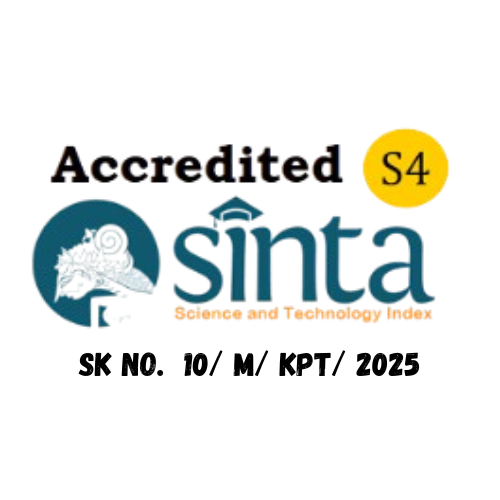Evaluation of Office Ergonomic at PT. NDM using Rapid Office Strain Assessment (ROSA) Method
Abstract
The sickness of office workers are generally caused by wrong posture, repetitive movements, and fixed position for long periods of time. An office worker hazard assessment will cover equipment used such as mouse, keyboard, monitor, desk, and chair. Each of these equipment has prerequisite ergonomic condition, so that users can use it comfortably. The method used in this study is Rapid Office Strain Assessment (ROSA). ROSA is an office ergonomic assessment method designed to measure the risks associated with computer use and to determine the level of change action based on reports of worker discomfort. Based on the analysis of the cause identification, it is known that the work station of the administration and purchasing departemen of PT. NDM has inadequate facilities and it is not adapted to the worker’s posture. Inadequate facilities especially in chairs, tables, and keyboard setting. The conclusion of the study is that management must believe that human resources are an important asset of the organization. Looking at the results of the assessment using ROSA method which requires that repairs to the works station must be carried out immediately to reduce ergonomic risks and other health complaints by workers who using computer.
Keywords: Ergonomic, ROSA method, Strain Assessment
References
Kroemer, H. E. K., 2001, Office Ergonomics, CRC Press, USA, https://books.google.co.id/books/about/Office_Ergonomics.html?id=buZ1F54Km3sC&redir_esc=y
Sonne, M., Villalta, D. L., and Andrews, D. M., 2012, Development and evaluation of an office ergonomic risk checklist : ROSA, applied ergonomics, Vol. 43, No. 1, hal. 98 – 108. https://www.sciencedirect.com/science/article/abs/pii/S0003687011000433

This work is licensed under a Creative Commons Attribution-NonCommercial-ShareAlike 4.0 International License.













